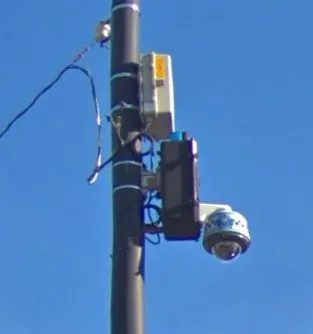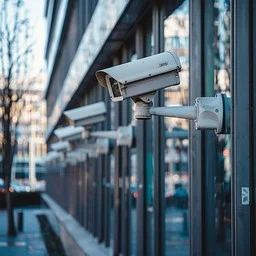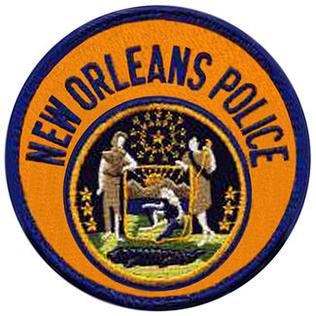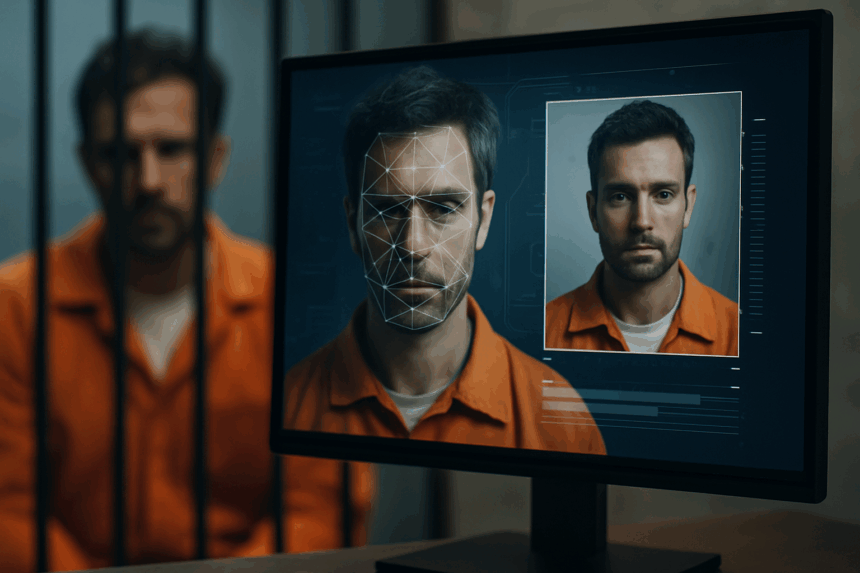When 10 inmates escaped from a New Orleans jail, police quickly tracked two of them using facial recognition cameras installed throughout the city. These cameras belong to Project NOLA, a nonprofit that operates roughly 5,000 cameras, 200 of which are equipped for facial recognition. Their technology played a key role in capturing escapees within days.
This incident illustrates the growing use of facial recognition to assist law enforcement. New Orleans Police Superintendent Anne Kirkpatrick called the technology “critical” for public safety. However, it also raises privacy and civil rights concerns as advocacy groups warn of potential misuse and errors.
What’s Happening & Why This Matters
How Project NOLA Works with Law Enforcement

Project NOLA’s network is unique in scale and community involvement. Unlike traditional government surveillance, it operates independently but shares real-time alerts with police. Cameras are installed on homes, businesses, schools, and churches, often with permission from local residents.
Executive Director Bryan Lagarde stresses that this community-led approach allows the network to be dismantled quickly if trust erodes. This transparency contrasts with police departments elsewhere, where facial recognition has caused wrongful arrests due to inaccuracies.
When state police notified Project NOLA about the jailbreak, the system’s AI matched escapees’ faces against a “hot list” of suspects, immediately alerting officers. This swift identification helped recapture some fugitives and narrowed down locations for others.
Privacy, Bias, and Ethical Concerns

Despite its effectiveness, facial recognition technology faces criticism. The American Civil Liberties Union’s Nathan Freed Wessler describes such systems as “authoritarian surveillance” incompatible with democratic policing.
Research reveals that the technology often misidentifies women and people of color more frequently than white men. This bias risks disproportionately affecting marginalized communities, especially where policing already suffers from systemic racial issues.
Project NOLA’s AI vendor remains undisclosed, and federal guidelines on AI use by local law enforcement are lacking. Some cities have banned government use of facial recognition, noting the legal and ethical gray areas.
Ongoing Scrutiny and Community Engagement

The New Orleans Police Department reviews the partnership with Project NOLA to ensure accurate and ethical use of the facial recognition data. Superintendent Kirkpatrick confirmed investigations into how officers handle the AI alerts and how this cooperation fits city policies.
Lagarde states that Project NOLA actively communicates with residents and stakeholders, posting updates on social media and inviting public input. The network functions as a “force multiplier,” helping resource-strapped police solve crimes faster.
TF Summary: What’s Next
Facial recognition technology is proving valuable in urgent situations like inmate recapture. Yet it remains controversial due to privacy and fairness concerns. Transparent community involvement and clear oversight will be essential as cities weigh these tools’ benefits and risks.
How law enforcement and nonprofits collaborate with technology providers can change surveillance and civil liberties in America.
— Text-to-Speech (TTS) provided by gspeech


